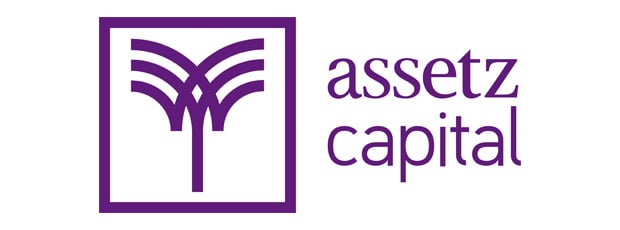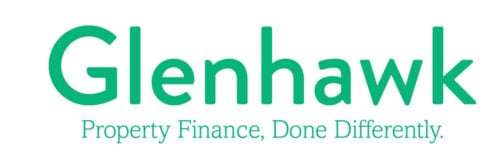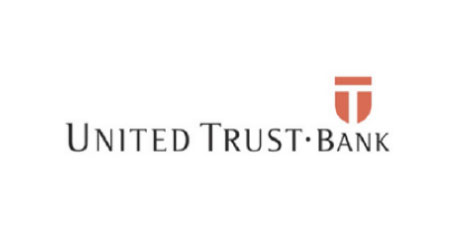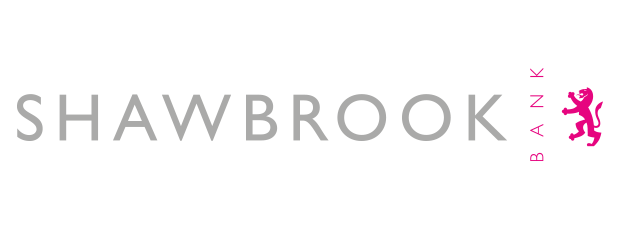Development Bridging Loans
Secure your next development and maximise value with a bridging loan for property development.
Property development finance
Enjoy a cash injection that allows you to be agile and capture portfolio and project opportunities.
We work with specialist development bridging lenders to allow you to borrow up to £15 million and have your money within 48 hours.
- Extremely reliable – get your money on time, when you need it
- Access the whole of market and enjoy the best value loans
See our testimonials left by our happy Development Bridging Loan customers.
.jpeg?width=2000&height=1125&name=AdobeStock_236513698%20(1).jpeg)
Find out more about our streamlined Rapid Bridging process here.
Rapid facts
Everything you need to know about development bridging loans can be found here.
Ready to get started? Get your quote today.
Eligibility |
Property developers, house builders and private clients looking to raise funds to develop property in England, Wales, and Scotland. Up to 70% of gross development value, 100% with additional security. |
Minimum age |
21 |
Maximum age |
No upper limit – subject to underwriter review |
Amount |
£125,000 – £15 million |
Duration |
Up to 36 months for non FCA loans, 12 months for FCA regulated loans |
Repayment |
Monthly serviced or rolled up |
Interest rate |
From 0.60% per month |
Security required |
First or second charge registered against a property/site |
Speed of decision |
Quote within 10 minutes of enquiry, credit backed decision the same day |
Timing of cash |
Can be funded as quickly as 48 hours, but normally in under 15 working days |
Application process |
Online enquiry, call, postal applications or face to face meeting |
Reliably fund your development project

We partner with both first-time developers getting into the trade, and experienced developers looking to expand their portfolio.
It’s your business on its own journey, and our experienced team will be right there alongside you.
Bridging loans for property development are perfect for:
- Residential property (which you may live in, rent out, or renovate to sell on, and HMOs).
Mixed-use properties (buildings where 40% or more of floor space is for commercial purposes). - Land (farmland, development land with or without planning permission, and agricultural land).
- Commercial premises (warehouses, shops, restaurants, offices, hotels, factories, care homes, and more).
Ready to apply for your development bridging loan?
What our customers say
These testimonials are based on individual
circumstances and cannot be taken as a guide or advice.
“We were unable to get a loan anywhere. Nobody would fund building the house. We then approached Andrew who was unbelievably helpful. He was the only person who would even entertain the idea of trying to help”.
- Peter Tillet
“Andrews nature and experience allowed for him to cut through some problems that we found with the other professionals. IE the solicitors and the banks”.
- Alan Overton
For regulated bridging loans the typical APR is 14.60% based on a loan size of £250,000 and fixed for 12 months, regulated bridging loans are for a maximum term of 12 months.
Our trusted lenders







COMMERCIAL AND DEVELOPMENT BRIDGING LOANS ARE NOT REGULATED BY THE FINANCIAL CONDUCT AUTHORITY. YOUR HOME MAY BE REPOSSESSED IF YOU DO NOT KEEP UP PAYMENTS ON YOUR MORTGAGE. THINK CAREFULLY BEFORE SECURING OTHER DEBTS AGAINST YOUR HOME.CHECK THAT THIS MORTGAGE WILL MEET YOUR NEEDS IF YOU WANT TO MOVE OR SELL YOUR HOME OR YOU WANT YOUR FAMILY TO INHERIT IT. IF YOU ARE IN ANY DOUBT, SEEK INDEPENDENT ADVICE.
We are a credit broker, not a lender. We may receive commissions that will vary depending on the lender, product, or other permissible factors. The nature of any commission model will be confirmed to you before you proceed.
Why use property development finance?
With a property development project, getting from start to finish as quickly as possible without sacrificing quality is important to ensure both viability and profitability. With a traditional mortgage, you will be charged an early redemption penalty if you either sell the property within the tie-in period or switch to a standard residential or commercial mortgage (whether buy-to-let or owner-occupier).
A short-term finance solution like a bridging loan does not feature these tie-ins.
The costs involved in purchasing then refurbishing/renovating commercial or residential property are significant. Budgets required for new-build properties can be even greater. Few property developers will be able to attract the lump sum funding they need from investors; a bridging loan is the perfect way to secure the funding you need in the shortest amount of time.

Bridging loan myths
- Bridging loans are last resorts – no! Bridging loans are flexible, convenient and accessible funding.
- Bridging loans are always risky – no! However, there is still risk associated with any loan. We recommend taking advice on exit strategies from an FCA regulated and Cemap Qualified Broker.
- Bridging loans are expensive – no! Only when they are not repaid in full and on time.
Can I get a bridging loan with poor credit?

Rapid Bridging’s lenders are able to lend to those applicants that have a poor credit history, including those with arrears, bankruptcies, CCJs, defaults, IVAs, response orders, statutory demands, winding up orders and more.
In these cases, lenders will often require borrowers to provide a wider range of exit strategies because of the concern that they will be unable to obtain the finance necessary to repay the loan. Please do not be put off from applying – we have years of experience helping clients with poor credit ratings find the funding they need.
Development bridging loans are great for:
.png?width=197&height=197&name=Individuals%20(1).png)
Individuals

Home movers

Landlords

Developers

Limited companies

SPVs

Offshore companies

Charities
The relationships we build with our customers are incredibly important to us. Hear what they have to say, and learn why people across the UK rely on Rapid Bridging time and time again.

“On my next project without a doubt, I would go back to Andrew. It is something as a developer I know I have not got to worry about. I know he will sort the money for me”
STEVE EVERETT
Steve Everett
“Professional company, with specialist knowledge. Help me with a very complex financial situation. Would highly recommend”
LYNSEY TURNER

“I would not for one minute hesitate in recommending Andrew because he always has a solution for every situation”
REZA STOCKPORT
Reza Stockport
“Rapid by name and their services!
We were wanting a fast turn around on a bridging loan and Andrew made that possible with his professionalism that we found to be excellent. Nothing was too much trouble for him, he was a pleasure to deal with, we would highly recommend him and use Rapid Bridging Finance again if needed”
GEOFFREY MCKILLOP & SUSAN ELLIS
Contact us
Fast-track and quick bridging loans nationwide. Enquire today and we’ll get back to you within 10 minutes.





